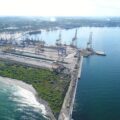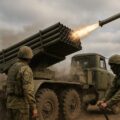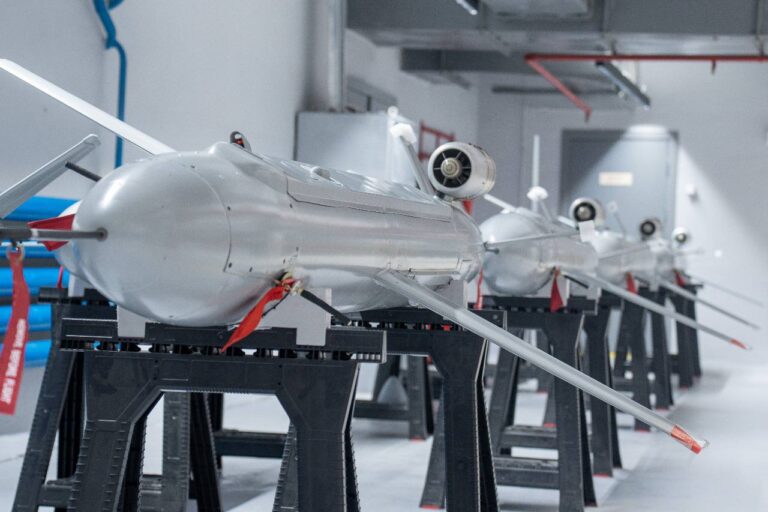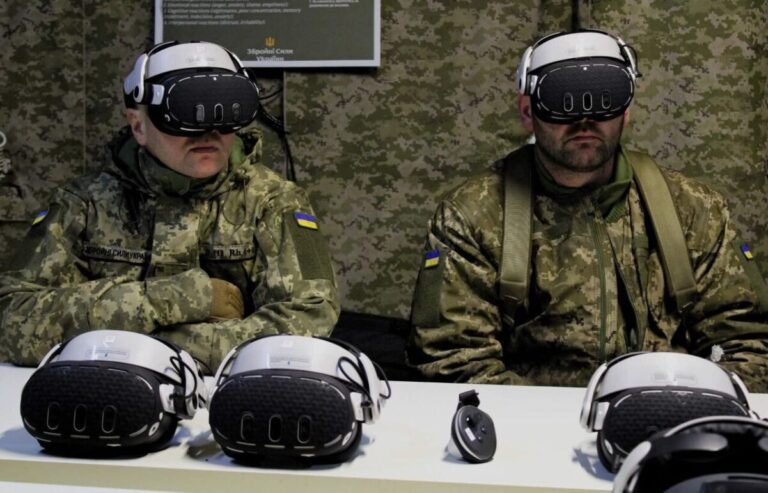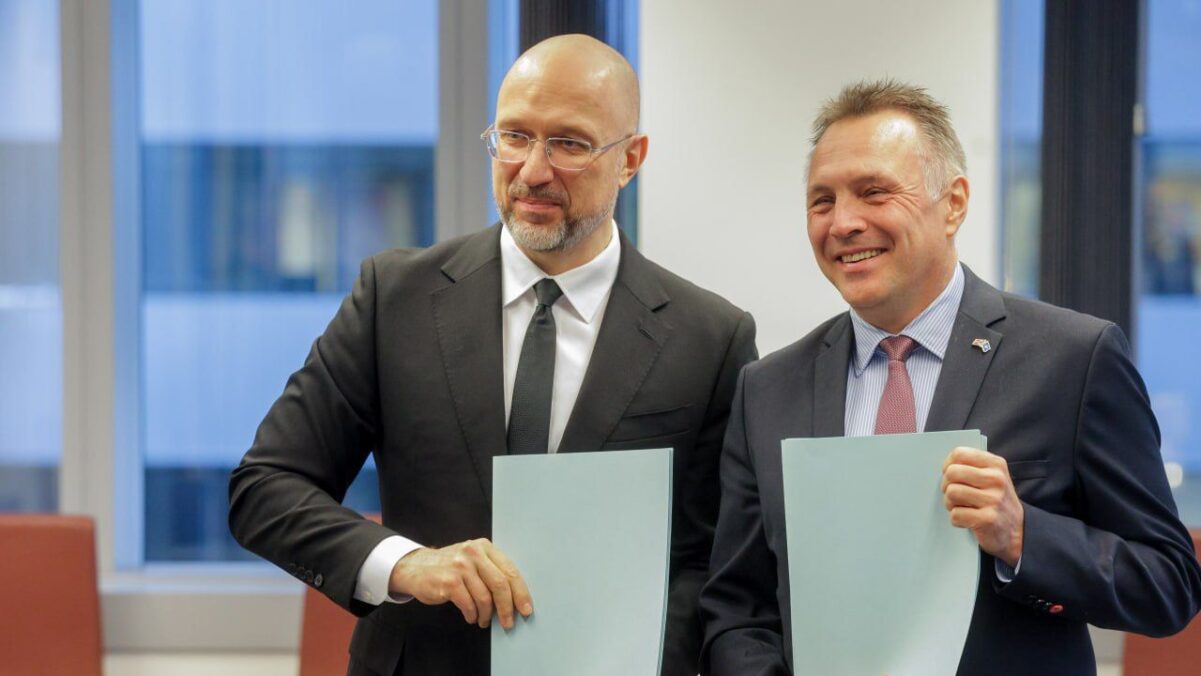
Scandinavian-Baltic Initiative: A New Level of Support for Ukraine’s Defence and Industry
The meeting of the Ukraine Defense Contact Group (UDCG) in May 2025 became a platform for the emergence of the Scandinavian-Baltic Initiative a new coalition of ten countries aimed at taking the system of training and equipping Ukrainian soldiers to a new level.
The Memorandum of Understanding was signed by Ukraine, Denmark, Estonia, Finland, Iceland, Latvia, Lithuania, Norway, Poland, and Sweden. This decision is a response to long-standing challenges of the war and demonstrates a shift from situational aid to building a systemic, multi-level model of support.
“I am grateful to the countries of the North and the Baltics for their solidarity and consistent, powerful support. I sincerely thank Norway for its help and willingness to develop our cooperation,” Prime Minister Denys Shmyhal emphasized.
Structure and Objectives of the Scandinavian-Baltic Initiative
The main goal is to strengthen Ukraine’s defence capabilities through the collective expertise and resources of its partners. The initiative covers several key areas:
- Training of Ukrainian soldiers by instructors from partner countries. This improves training standards, enables the adoption of advanced methodologies, and allows for the rapid implementation of lessons learned on the battlefield.
- Equipping units with armaments on a brigade scale. The focus is not only on targeted transfers but on a comprehensive approach ensuring a full cycle of combat readiness.
- Training in Poland. Poland becomes a central logistics and training hub, making it possible to quickly and safely train significant contingents.
- Deepening defence partnership with Scandinavian and Baltic countries. From local aid projects to a sustainable format of cooperation in the field of security and defence.
Partnership with Germany: A New Level of Industrial Cooperation
An important signal was also the signing of an agreement on defence-industrial cooperation with Germany. This step brings cooperation with Berlin beyond the supply of equipment and opens up prospects for joint production and innovation.
The parties agreed on:
- Joint production of Lynx IFVs and munitions in Ukraine.
- Repair and modernization of Gepard anti-aircraft systems and Leopard tanks.
- Support for innovation, joint research, and sharing best practices.
- Participation in training programs for engineers, technologists, and military personnel.
“The agreement we have signed lays the foundation for expanding bilateral cooperation in defence industry, technology, and innovation. It will promote the development of joint industrial projects for the production of Lynx IFVs and munitions in Ukraine, as well as the repair of Gepard anti-aircraft systems and Leopard tanks,” said the Minister of Defence of Ukraine.
Internal Potential and Challenges of Ukraine’s Defence Industry
A separate focus is the issue of Ukrainian arms exports. According to the Ukrainian Arms Manufacturers Council, in 2025, the sector’s production capacity exceeded $35 billion, but actual output was about $10 billion. The main reason is dependence on state orders and export controls.
“Exports of $3-5 billion can bring about $300-500 million in taxes to the budget per year. If volumes rise to $8-12 billion, potential revenues will reach approximately $0.7-1 billion annually. Exact sums depend on contract structure, localization share, service conditions, and the speed of decisions in export control,” emphasized Ihor Fedirko, head of the Ukrainian Arms Manufacturers Council.
The key principle is priority for the Armed Forces of Ukraine: exports are permitted only when army needs are fully met. This approach enables the use of surpluses to purchase deficit items primarily in air defence, missiles, artillery munitions, and sensor electronics.
Post List
Competitive Advantages and Risks on the Arms Market
Ukrainian arms, as Ihor Fedirko points out, are distinguished by “combat-proven performance, optimal price-efficiency ratio, fast production and delivery cycle to the front, as well as interoperability with both NATO and post-Soviet systems.” In addition, the state offers partners a transparent export control regime, production localization, and training.
However, the sector faces tough competition, and export volumes depend not only on product quality but also on the speed of export control decisions.
Strategic Importance of the New Initiatives
The Scandinavian-Baltic Initiative and expanded partnership with Germany are steps that take Ukraine’s defence support to a fundamentally new level. They allow not only for responding to the challenges of war but also for building a long-term system of modernization, industry development, and integration into the European security architecture. However, the key question remains: will Ukraine be able to maintain a balance between exports, frontline needs, and internal modernization? The answer depends not only on the number of signed memorandums but also on the ability to turn these agreements into real production projects, unified standards, and high-quality military training.
The shift in aid format is not just about expanding the list of partners. It is an attempt to lay the foundation for a resilient defence infrastructure that will allow Ukraine not only to defend itself now, but also to develop its industry and standards for years to come. The effectiveness of these decisions will determine not only the course of the war but also Ukraine’s place on the global security map in the near future.







